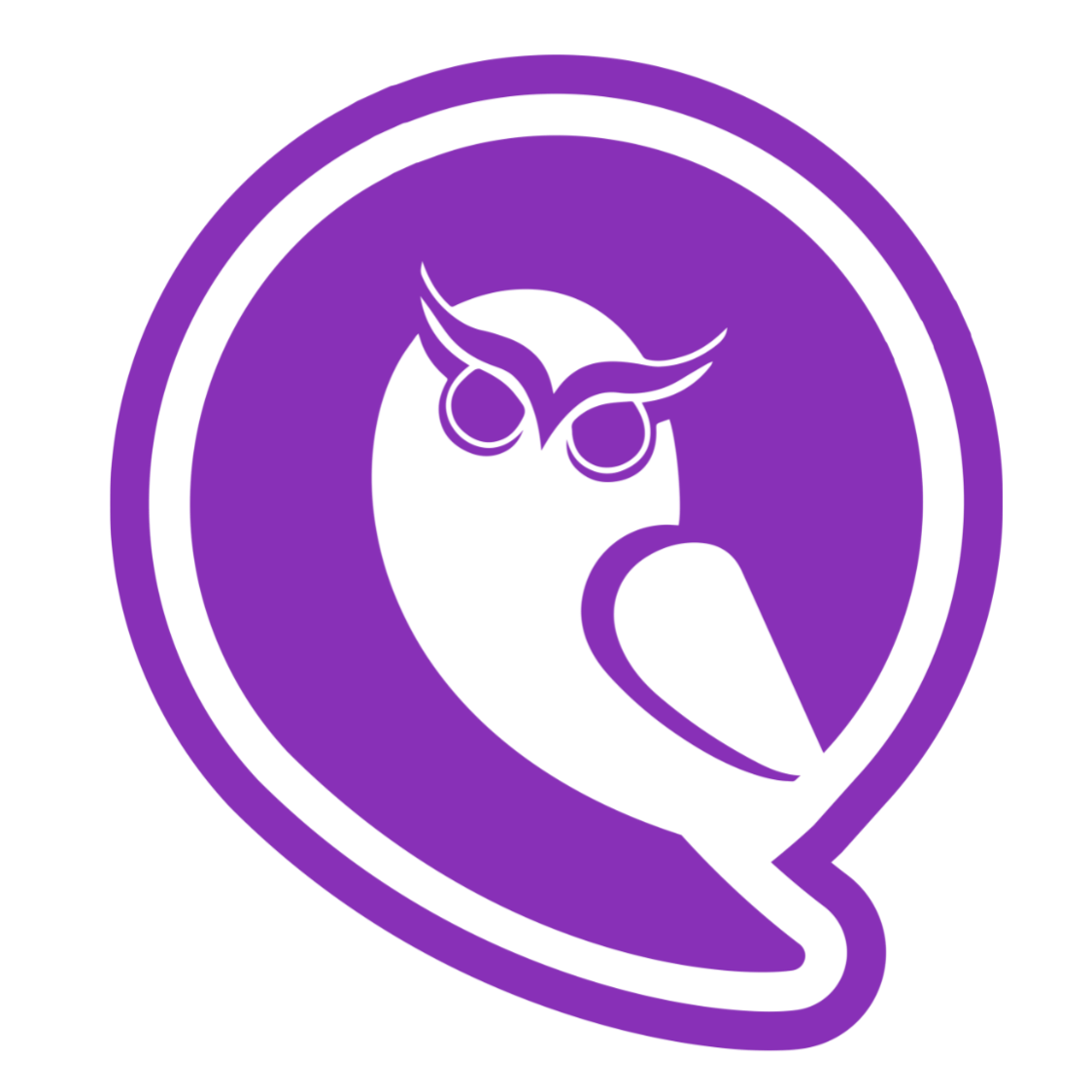My name is Anna Mae Yu Lamentillo, and I am a proud member of the Karay-a ethnolinguistic group, one of the many indigenous communities in the Philippines. Growing up, my mother made sure that I knew where my roots came from. She spoke to me in Karay-a, shared our traditional stories, and ensured that I understood the importance of our language in shaping who we are. Because of her, I can still speak Karay-a fluently, but I know that not everyone in my community has been as fortunate. Many of my peers struggle with the language, and fewer children are growing up fluent. Like countless other languages around the world, Karay-a is at risk of fading away as global languages like English and Filipino dominate our daily lives.
This isn’t just a problem for the Karay-a. Around 40 percent of the world’s 7,000 languages are endangered, and hundreds of these languages have already been lost. This is more than just a linguistic issue — it’s a cultural crisis. When a language dies, it takes with it stories, traditions, and a unique way of viewing the world. It erases a vital piece of human history and identity. But while the situation may seem bleak, there is hope on the horizon. Far from being the end of humanity, AI has the potential to be the savior of marginalized, endangered, and even lost languages.
How AI can revive languages on the brink
Artificial intelligence is often viewed with suspicion, especially when it comes to discussions about how it might “replace” human roles or diminish cultural practices. But what if we look at AI differently? Rather than seeing it as a threat, we can view it as a tool — one that has the power to revitalize languages that are teetering on the edge of extinction.
For languages like Karay-a, AI presents an opportunity to bridge the gap between older generations who are fluent and younger generations who are losing touch with their linguistic heritage. Through platforms like NightOwlGPT, AI can provide real-time translation tools, interactive learning modules, and cultural insights that can help users reconnect with their native languages. With AI, communities can not only document their languages but actively teach them to the next generation, ensuring that these languages are spoken, celebrated, and passed on.
Empowering marginalized communities
Language is more than just words. It’s the thread that ties a community together, carrying centuries of knowledge, beliefs, and traditions. For marginalized communities, language is often the key to maintaining cultural identity in the face of external pressures to assimilate. When these languages disappear, so too does the connection to that identity.
AI can be a powerful ally in reversing this trend. Platforms like NightOwlGPT are designed to make AI technology accessible to all, ensuring that marginalized voices are heard in the digital age. By supporting endangered languages through translation, educational tools, and cultural resources, AI empowers communities to reclaim and preserve their linguistic heritage.
This is not just about saving languages; it’s about strengthening communities. When people feel connected to their language, they are more deeply connected to their culture, their history, and each other. In this way, AI can serve as a tool for social cohesion and cultural pride.
Reviving lost languages
AI’s potential doesn’t stop at preserving endangered languages — it can even help revive languages that have already been lost. By analyzing archived recordings, texts, and other linguistic materials, AI can assist linguists in reconstructing lost languages, offering a new pathway for their revival.
Imagine a future where forgotten languages are no longer confined to dusty textbooks but are spoken once again, thanks to AI-powered learning tools. Children who might never have heard their ancestral language can engage with it, speak it, and become part of its revival. AI, in this context, isn’t just preserving history; it’s creating a future where diverse linguistic traditions are celebrated and sustained.
A new beginning, not the end
As a member of the Karay-a community, I see firsthand the importance of language in maintaining our identity and our connection to the past. And while we face challenges, I am hopeful. AI will not be the end of humanity; instead, it will be a vital part of reviving the voices that have been marginalized, endangered, or lost altogether.
The story of language extinction does not have to end in silence. With AI as our tool, we can give new life to the languages that shape our world, ensuring that future generations — whether they speak Karay-a, Navajo, or any other endangered language — can carry forward their linguistic and cultural heritage. This is not the end; it’s a new beginning.

